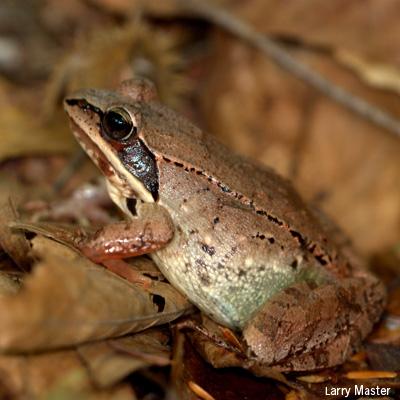Characteristics of Faunal Communities before and after Residential Development in the Adirondack Park

Low-density residential, or exurban, development on 5-40 rural acres is the fastest growing land use change in the United States today and is rapidly transforming America's most wild places including the Northern Forest region. Mounting evidence links exurbanization to significant alterations in the ecology of wildlife communities.
NSRC researchers surveyed birds, mammals, and amphibians (frogs and salamanders) before and after house construction at two new home sites in New York's Adirondacks. Researchers conducted bird counts, amphibian searches, and mammal live trapping, track surveys, and camera surveillance in summer 2008 (before construction) and in summer 2010 (after construction). They used computer modeling to investigate changes in relative species richness (number of species present) and likelihood of species colonization and local extinction.
Species richness increased after house construction, but underlying community structure changed. For all species, winning strategies for colonization or persistence after home construction were: nesting in cavities or underground, eating many food types, large body size, and relatively long periods of nesting, gestation, and time to maturity. Conversely, losing strategies, enhancing likelihood of local extinction following construction, were: ground nesting, breeding in vernal pools, eating limited food types, small body size, breeding early, and hatching or maturing quickly. For example, bird populations most likely to decline after construction were: ground and shrub nesters, Neotropical migrants, area sensitive species, insect-feeders, small species, and those laying a small number of eggs. These included thrushes, tanagers, and grosbeaks. These findings help researchers design recommendations and tools for local and regional planners to implement development projects in ways that minimize negative impacts to local ecosystems.
Download printable version [PDF]
Download full final report [PDF]
